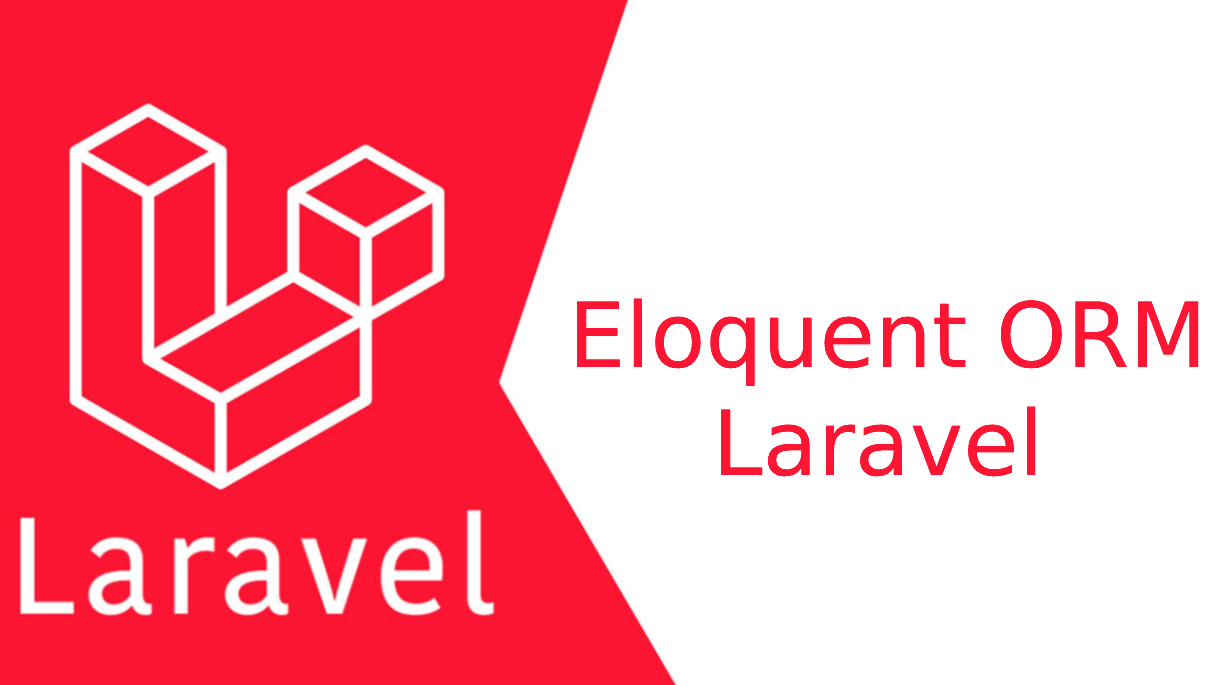Laravel includes Eloquent, an object-relational mapper (ORM) that makes it enjoyable to interact with your database. When using Eloquent, each database table has a corresponding "Model" that is used to interact with that table.
What is laravel relationship?
Defining Relationships. Eloquent relationships are defined as methods on your Eloquent model classes. Since relationships also serve as powerful query builders, defining relationships as methods provides powerful method chaining and querying capabilities.
Laravel provides the following relationships –
- One To One
- One To Many
- Many To Many
Step 1: Install laravel project
before installing make sure you have installed composer
composer create-project — prefer-dist laravel/laravel laravel-projectStep 2: Configure Database Connection
In this type of project, we must give precedence to the database connection, generically it should be configured before getting started. Incorporate the following code in .env file with your database details.
DB_CONNECTION=mysql
DB_HOST=127.0.0.1
DB_PORT=3306
DB_DATABASE=laravel
DB_USERNAME=root
DB_PASSWORD=Step 3: Create Countries Model
Create Model Controller and Migration with this magic code
php artisan make:model Countries -mcAfter create migration find the migration file in database/migrations/2023_04_08_022409_create_countries_table.php
Open the file and we can add the field in the countries table see this code
public function up(){
Schema::create('countries', function (Blueprint $table) {
$table->id();
$table->string('name');
$table->timestamps();
});
}Step 4: Create State Model
Create Model Controller and Migration with this magic code
php artisan make:model States -mcAfter create migration find the migration file in database/migrations/2023_04_08_022409_create_states_table.php
Open the file and we can add the field in the states table see this code
public function up(){
Schema::create('states', function (Blueprint $table) {
$table->id();
$table->string('name');
$table->foreign('country_id')->on('countries')->references('id')
->onDelete('CASCADE')
->onUpdate('CASCADE');
$table->timestamps();
});
}Step 5: Create Cities Model
Create Model Controller and Migration with this magic code
php artisan make:model Cities -mcAfter create migration find the migration file in database/migrations/2023_04_08_022409_create_cities_table.php
Open the file and we can add the field in the cities table see this code
public function up(){
Schema::create('cities', function (Blueprint $table) {
$table->id();
$table->string('name');
$table->foreign('country_id')->on('countries')->references('id')
->onDelete('CASCADE')
->onUpdate('CASCADE');
$table->foreign('state_id')->on('states')->references('id')
->onDelete('CASCADE')
->onUpdate('CASCADE');
$table->timestamps();
});
}We have describe with details and brief example one by one (ORM) relation so you can read the orm query builder laravel


